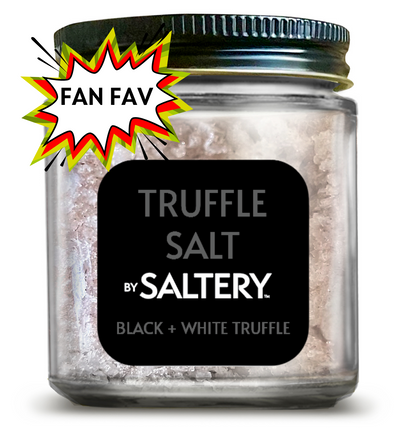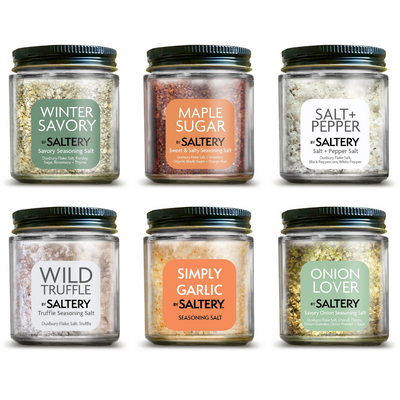Indigenous People's Use of Salt: A Cultural Tradition
Salt is a fundamental element in our diets, often taken for granted in our modern society. In many indigenous communities around the world, salt holds deep cultural, culinary, and even medicinal significance. Their unique methods of obtaining and using salt have been passed down through generations, shaping traditions and lifestyles.
Traditional Salt Sources: Indigenous communities have historically sourced salt from various natural deposits. For example, in parts of Africa, salt was collected from the evaporated waters of salt pans and salt lakes. In coastal regions, saltwater was collected and allowed to evaporate, leaving behind precious salt crystals. In the Americas, indigenous people utilized salt springs and salt flats.
Culinary Importance: Salt is more than just a seasoning for some indigenous cuisines; it plays a crucial role in food preservation and preparation. Indigenous food preservation techniques often involve salting to extend the shelf life of meats and fish. Inuit communities, for instance, rely on salt to preserve fish for the harsh winter months when fresh catches are scarce.
Cultural Significance: Salt is deeply ingrained in the rituals and ceremonies of many indigenous cultures. It is used as an offering in religious ceremonies, symbolizing purification and the connection between the people and their land. Salt is often an integral part of traditional medicines and is believed to have healing properties.
Trade and Commerce: Historically, indigenous communities engaged in salt trade networks, exchanging salt for other essential goods. These trade routes facilitated cultural exchange and cooperation between different indigenous groups. Salt's value was not only nutritional but also economic and social.
In conclusion, indigenous people's use of salt is a testament to the deep connection between culture, environment, and food. These traditions continue to be a source of pride and identity for indigenous communities around the world, and efforts to protect and promote them are crucial for preserving the diversity of our global heritage.
Traditional Salt Sources: Indigenous communities have historically sourced salt from various natural deposits. For example, in parts of Africa, salt was collected from the evaporated waters of salt pans and salt lakes. In coastal regions, saltwater was collected and allowed to evaporate, leaving behind precious salt crystals. In the Americas, indigenous people utilized salt springs and salt flats.
Culinary Importance: Salt is more than just a seasoning for some indigenous cuisines; it plays a crucial role in food preservation and preparation. Indigenous food preservation techniques often involve salting to extend the shelf life of meats and fish. Inuit communities, for instance, rely on salt to preserve fish for the harsh winter months when fresh catches are scarce.
Cultural Significance: Salt is deeply ingrained in the rituals and ceremonies of many indigenous cultures. It is used as an offering in religious ceremonies, symbolizing purification and the connection between the people and their land. Salt is often an integral part of traditional medicines and is believed to have healing properties.
Trade and Commerce: Historically, indigenous communities engaged in salt trade networks, exchanging salt for other essential goods. These trade routes facilitated cultural exchange and cooperation between different indigenous groups. Salt's value was not only nutritional but also economic and social.
In conclusion, indigenous people's use of salt is a testament to the deep connection between culture, environment, and food. These traditions continue to be a source of pride and identity for indigenous communities around the world, and efforts to protect and promote them are crucial for preserving the diversity of our global heritage.




